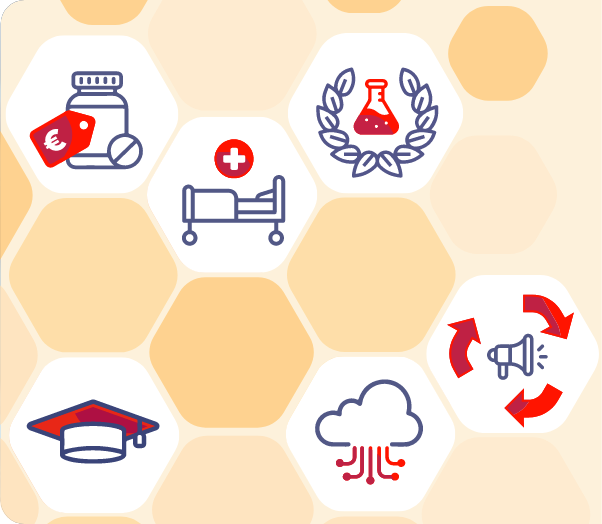About 10% of the COVID-19 affected patients develop critical illness with a high mortality rate. This critical illness appears to be strongly linked with cardiovascular disease, as the prevalence of cardiovascular comorbidities and risk factors (such as diabetes and obesity) are often found among hospitalized COVID-19 patients. The consortium COVID@Heart believes that mitigating this cardiovascular burden of Covid-19 should start early, while patients are (still) outside the hospital.
The Research
COVID@Heart has three core activities:
Origin
Accurate information on how cardiovascular patients fared while still at home is lacking. This information is crucial to prevent hospital admissions. Therefore, COVID@HEART focuses on people who are not hospitalized but are at home and treated by their general practitioners. The Dutch Heart Foundation supports and funds this research into the best treatment for cardiovascular patients with a coronavirus infection.

